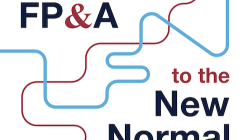In this incredible business environment of high uncertainty and risk, many organisations have found themselves in the realm of “Unknown Unknowns".
So how we can plan for Unknown? How can we achieve flexible and dynamic Financial Planning and Analysis (FP&A) processes that support decision-making under uncertainty?







